
The History of Wärtsilä
Wärtsilä was established in 1834. For 190 years we have been at the frontier of engineering innovation. This vision and ingenuity means that we deliver ever smarter solutions that keep our customers one step ahead. Together, we move beyond boundaries and shape the market.
Highlights from the past
1834 - 1979
1980 - 1999
2000 - 2019
2020 - 2023
Acquisitions and management changes
1834 - 1979
1834
Wärtsilä is established when the governor of the county of Karelia approves the construction of a sawmill by a rapids in the municipality of Tohmajärvi on 12th April. Some years later the sawmill becomes the property of N. L. Arppe.
1898
The sawmill and iron works company is renamed Wärtsilä Ab, which becomes a new company called Ab Wärtsilä Oy in 1907.

1935
Wärtsilä acquires a majority holding in Kone- ja Siltarakennus Oy (Machine and Bridge Construction Ltd), gaining also control of the Hietalahti shipyard (est’d 1865) in Helsinki and the Crichton-Vulcan shipyard (est’d 1741) in Turku. Kone- ja Siltarakennus Oy manufactures for example paper machines and Abloy locks. Soon Wärtsilä's headquarters move from Karelia to Helsinki.
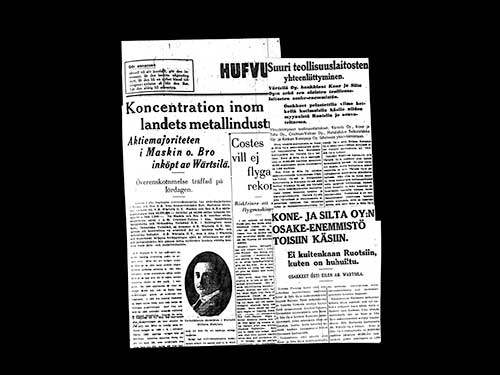
1938
Kone ja Silta (Machine and Bridge) group is merged with Wärtsilä, along with the iron mill Taalintehdas (est’d 1686) just acquired, and the Turku, Pietarsaari and Vaasa subsidiaries.
After that Wärtsilä-Yhtymä O/Y (Wärtsilä Group Ltd) is established under Chief Executive Wilhelm Wahlforss.
The diesel engine era begins when Wärtsilä signs a licence agreement with Friedrich Krupp Germania Werft AG in Germany. The first diesel engine sees the light of day in Turku in November 1942.
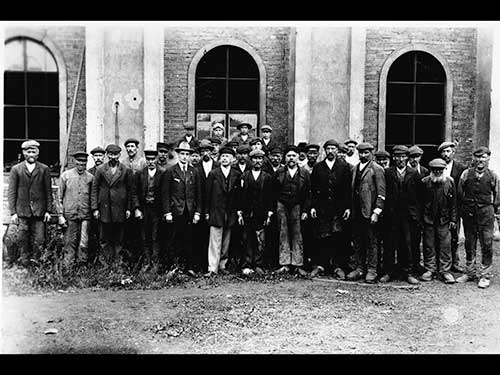
1959
In the beginning of 1954, Wärtsilä made the decision to commence the design of its own diesel engines in Vaasa. Wilmer Wahlstedt, a young civil engineer, working then at the Wärtsilä Turku shipyard, was called to Vaasa to lead the design work for that future engine.
In June 1959, the first Wärtsilä designed diesel engine, the Wärtsilä Vasa 14 (with only three cylinders), was started for the first time. This baby engine was so beloved by the design team that their families would visit the factory premises on Sundays just to see it running.
The first commercial engines, the Wärtsilä Vasa 614 with six cylinders, were sold to Silja Line’s m/s Skandia, sailing between Finland and Sweden. In 1984, one of these engines was returned to Vaasa and can still today be seen in the Wärtsilä factory area.
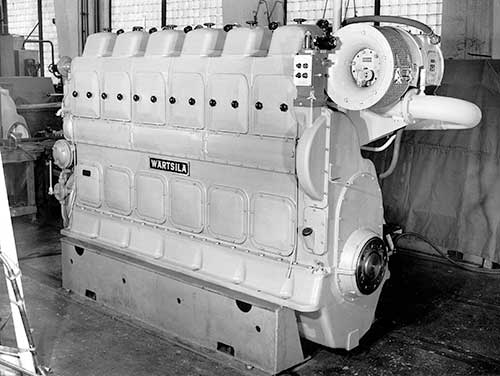
1974
Wärtsilä begins to build a new shipyard to Perno, Turku, where the whole Turku Shipyard will move by 1983.
1978
Acquisition of 51% of the NOHAB diesel business from Bofors in Sweden, marking the beginning of Wärtsilä’s international manufacturing operations. The remaining shares are acquired in 1984.
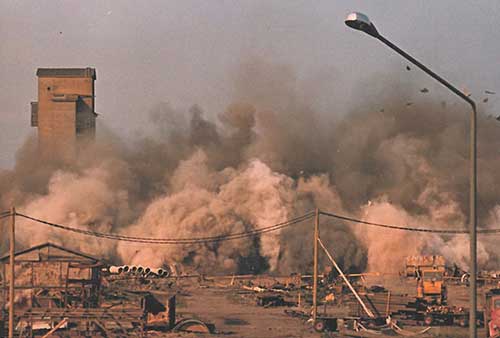
1980 - 1999
1983
Wärtsilä floats a share series on the Stockholm stock exchange.
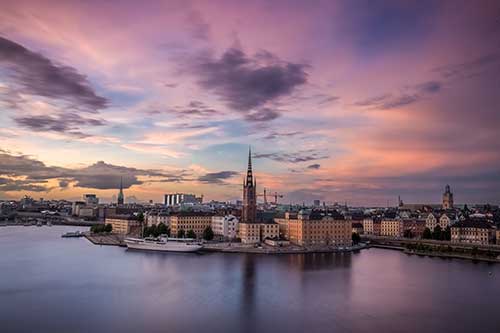
1984
Wärtsilä floats its second share issue for international investors and is the first Finnish company to be quoted on the London stock exchange.
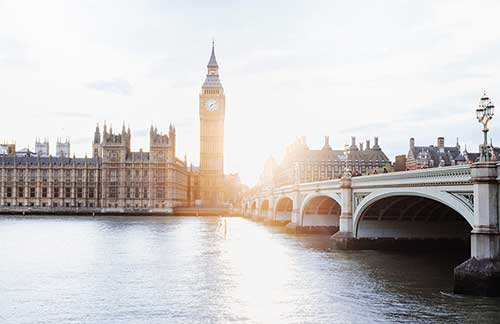
1986
A crisis in the global marine industry that had lasted several years leads Wärtsilä to pool its marine resources with Valmet, resulting in the establishment of Wärtsilä Marine Oy. Valmet’s shipbuilding activities are joined with Wärtsilä’s while Wärtsilä’s paper machines are transferred to Valmet.
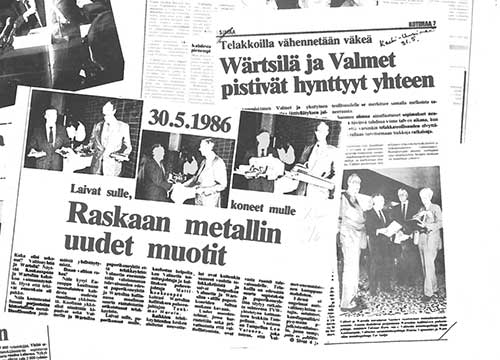
1989
Wärtsilä and Lohja sign a merger agreement. Lohja becomes a major shareholder in Wärtsilä after a privileged share issue.
1990
Wärtsilä is merged with Lohja. An extraordinary meeting of Lohja shareholders approves the new name of the company, Metra Oy Ab, and appoints a new Board of Directors. Metra is defined as “an international industrial corporation whose key areas of focus are building-related activities and the diesel engine business”.
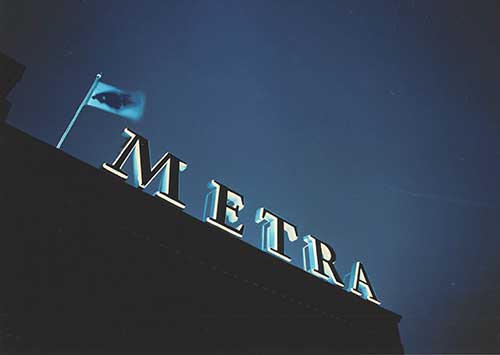
1996
European Works Council is born.
Wärtsilä Diesel signs a co-operation contract with its employees leading to the establishment of a European Works Council.

1997
Metra and Fincantieri agree on the merger of Wärtsilä Diesel, New Sulzer Diesel and Diesel Ricerche in 1997, the new company will be called Wärtsilä NSD Corporation. This makes Fincantieri a minority (15%) shareholder in Metra’s largest division.
1998
Metra plans demerger into three listed companies: a diesel and gas engine company, a bathroom products company and an investment company. Despite the postponement of the decision on demerger Metra will further increase the independence of its divisions.
Story: Surrounded By Civil War And Under Curfew: Yes We Can!
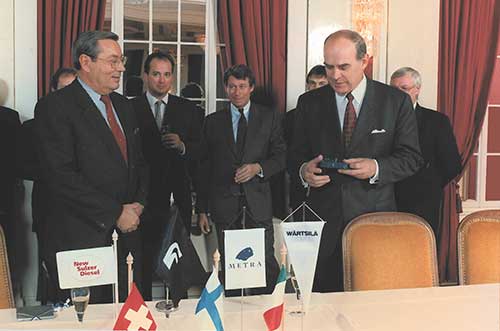
2000 - 2019
2000
Metra becomes Wärtsilä.
An extraordinary meeting of Metra shareholders on 13th September approves the Board of Director’s proposal to rename the group Wärtsilä.
2001
Wärtsilä expands into biopower and acquires Finnish company Sermet Oy, which specialises in small and medium-sized boiler plants running on biofuels, oil and gas.
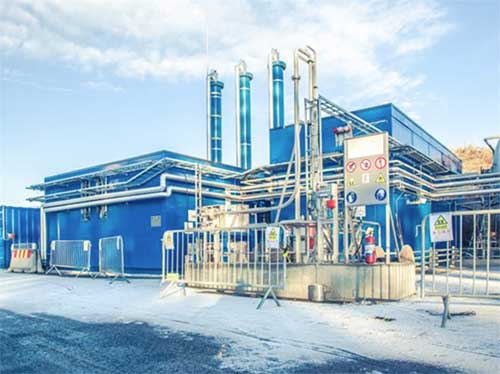
2003
Wärtsilä to start propeller manufacture in China, Joint Venture with CME - Part of shipbuilding group CSSC
2005
Wärtsilä’s first wholly-owned production venture in China inaugurated in Wuxi.
2007
Wärtsilä and Hyundai Heavy Industries Co. Ltd (HHI) signed an agreement to set up a 50/50-owned joint venture in Korea to manufacture dual-fuel engines for LNG (liquefied natural gas) carriers.
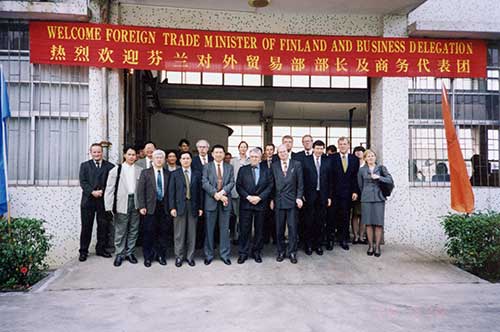
2008
Joint venture with Metso combining Metso’s Heat & Power business and Wärtsilä’s Biopower business. Metso owns 60% and Wärtsilä 40% of the joint venture.
2008
Wärtsilä Services opened and expanded offices and workshops in Namibia, Chile, Brazil, Madagascar, Azerbaijan, China, Turkey and Dubai.
2009
Wärtsilä among 100 most sustainable corporations in the world.
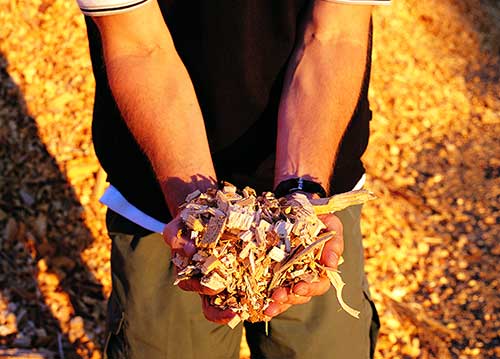
2009
EU approval for HERCULES-Beta Project to Wärtsilä and MAN Diesel. The project is a major international cooperative effort to maximise fuel efficiency combined with ultra-low emissions and to develop future generations of optimally efficient and clean marine diesel engines.
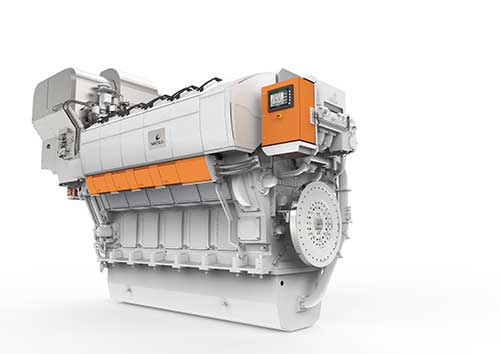
2010
Fuel cell unit installed on a vessel - unique SOFC technology provides power to Wallenius' car-carrier 'Undine'. This unique power unit is the first of its kind in the world, and will during the test period provide auxiliary power to the vessel while producing close to zero emissions.
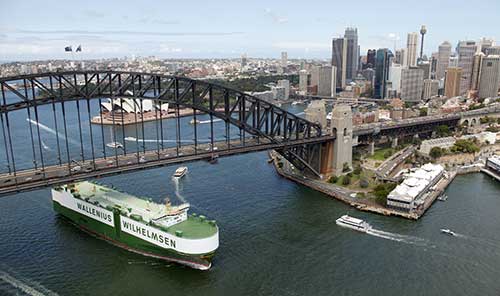
2012
Wärtsilä-led consortium signed a contract to supply the world’s largest tri-fuel power plant to Jordan.
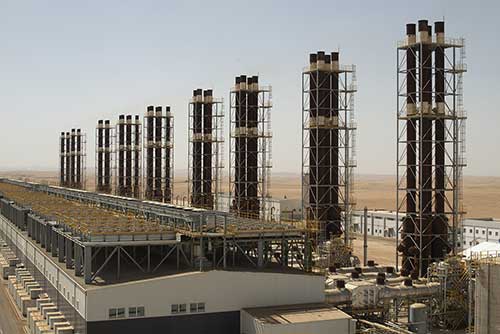
2014
Wärtsilä was given full notice to proceed from Manga LNG Oy for the supply of a liquefied natural gas (LNG) import terminal in Tornio, Northern Finland. This was the first order of its kind awarded to Wärtsilä.
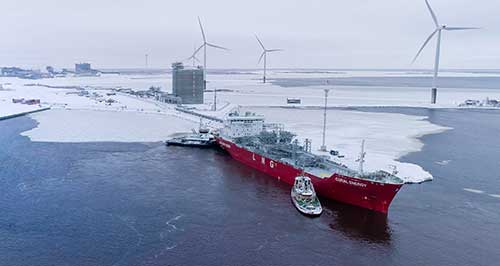
2015
New Wärtsilä 31 engine was launched. The engine has been acknowledged by Guinness World Records as being the world’s most efficient 4-stroke diesel engine.
2016
Wärtsilä entered the solar energy business by offering utility-scale solar photo-voltaic solutions.
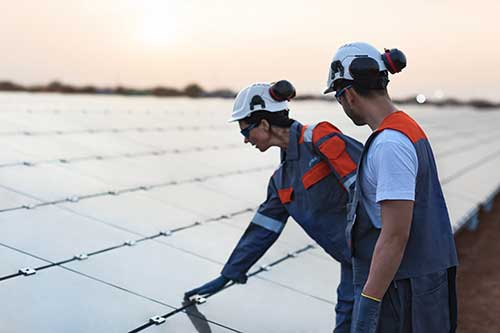
2017
Wärtsilä successfully tested remote control ship operating capability. The U.S. based operator Gulfmark Offshore provided the vessel for the project. The test vessel was in the North Sea off the Scotland coast and the remote control navigating was carried out from the Wärtsilä office in San Diego, California, 8000 km away.
2017
The automatic wireless induction charging system was successfully tested on a hybrid powered coastal ferry. This is the first commercial ferry in the world operating with high power wireless charging capability for its batteries.
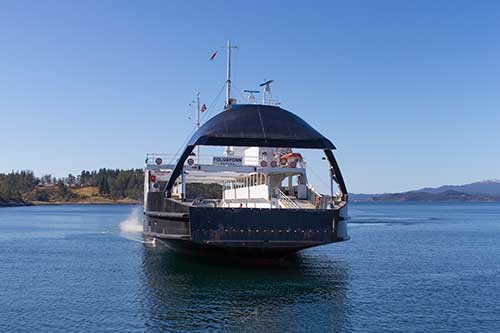
2018
Wärtsilä opens two Experience Centres: one in Vaasa and the flagship in the new Wärtsilä Helsinki Campus in Salmisaari. The Experience Centre showcases how Wärtsilä's smart technology and innovative solutions work in real life through a memorable experience.
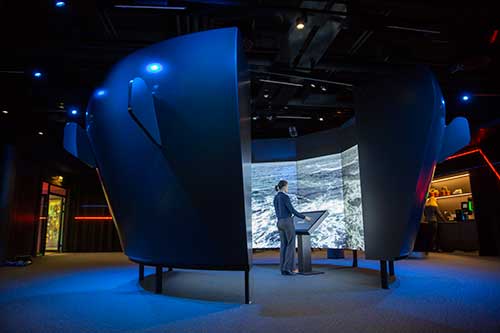
2018
Wärtsilä starts a substantial investment in a new innovation and technology hub in Vaasa. The Smart Technology Hub will be a new centre of research, product development and production.
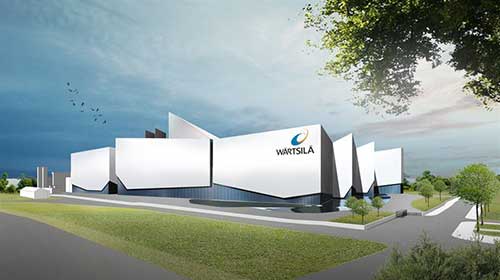
2020 - 2023
2020
Wärtsilä powers the world's largest NGO hospital ship.
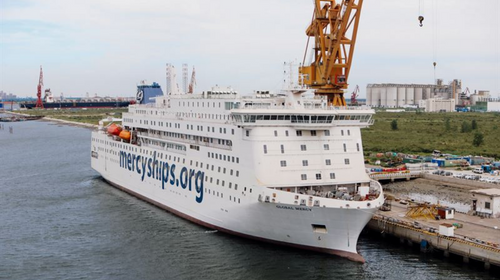
2021
Wärtsilä launched a major test programme towards carbon-free solutions with hydrogen and ammonia.
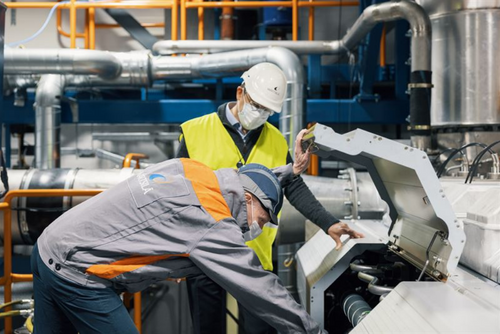
2021
Wärtsilä launched its new strategic framework, the Wärtsilä Way, to accelerate the development towards marine decarbonisation and the shift to a 100% renewable energy future.
2021
Wärtsilä commits to become carbon-neutral in its own operations and provide a product portfolio ready for zero-carbon fuels by 2030.
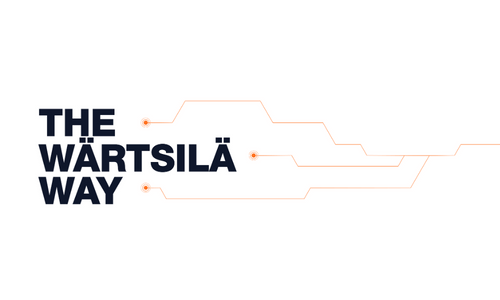
2022
Wärtsilä released its Wärtsilä 32 Methanol engine and MethanolPac, a dedicated fuel supply system for methanol.
In addition, Wärtsilä introduced its new Wärtsilä 25 engine, which will be the first Wärtsilä engine to run on ammonia as a fuel.
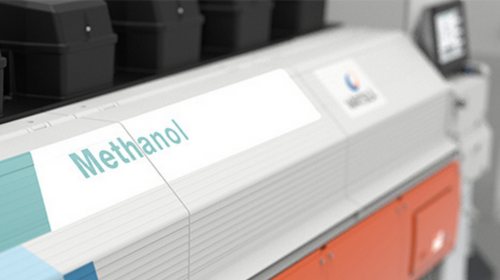
2022
Wärtsilä opens the world-leading Sustainable Technology Hub to accelerate marine and energy decarbonisation.
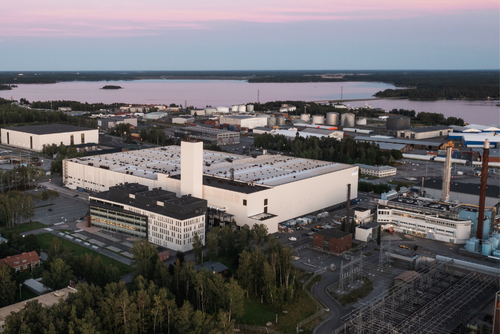
2022
Wärtsilä to supply a 500-megawatt (MWac) / 2-gigawatt hour (GWh) portfolio of energy storage systems in one of the world’s largest ever solar-plus-storage project portfolios.
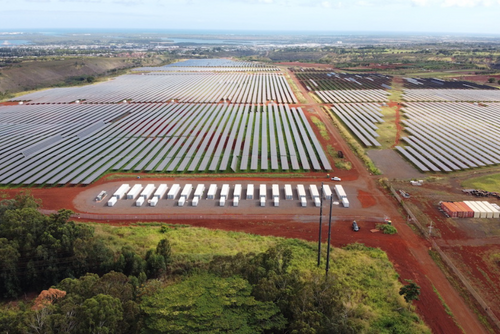
2023
Wärtsilä is named on the TIME100 Most Influential Companies of 2023 list.
2023
The first Wärtsilä 32 methanol engines are delivered, and there are multiple engine releases for both newbuilds and conversions.
2023
The first engines running on ammonia see daylight, and we run combustion testing on hydrogen blends up to 100%.

Acquisitions and management changes
Acquisitions
1947
Wärtsilä acquires most of the ceramics factory Arabia Ab’s share capital and later the entire company.
1950
Wärtsilä acquires the Nuutajärvi glass factory.
1975
Wärtsilä acquires the John Stenberg engineering workshop.
1989
Wärtsilä Diesel acquires the French SACM, a manufacturer of high-speed engines.
Wärtsilä acquires a majority holding in the Dutch company Stork Werkspoor B.V., which makes medium-speed engines. This company is renamed Stork-Wärtsilä Diesel B.V.
2001
Wärtsilä acquires the Swedish service company Ciserv Ab.
2002
Wärtsilä acquires a leading global supplier of marine propulsion systems, John Crane-Lips, which continues to operate under the name Wärtsilä Propulsion.
2003
Wärtsilä acquires the marine engine maintenance company Caltax Marine Diesel BV, which is given the new name Ciserv Netherlands BV.
2005
Wärtsilä acquires DEUTZ AG's medium and large marine engine service business.
Wärtsilä acquires Automation equipment and servicing control company Gerhardt Holding Co. Inc.
2006
Wärtsila acquires supplier of power and automation systems Aker Kvaerner Power and Automation Systems AS.
Wärtsilä acquires marine automation company Total Automation Ltd.
Wärtsilä acquires German company INTEC Injectortechnic specialized in fuel injection equipment.
Wärtsilä acquires the Swedish ship repair company Stockholms fartygsreparationer.
Wärtsilä acquires the German ship design company group SCHIFFKO.
2007
Wärtsilä acquires the entire business of the South African propeller repair company Marine Propeller (Pty) Lts in Cape Town, South Africa.
Wärtsilä acquires the Swedish company Senitec AB specialized in environmental technology products for separating waste.
Wärtsilä acquires the UK-based propeller repair company McCall Propellers Ltd.
Wärtsilä acquires part of the marine business of Railko Ltd. in the UK, a company specializing in syntetic stern tube bearing technology.
Wärtsilä acquires a Scottish company Electrical Power Engineering (Scotland) Ltd specialized in electrical power engineering solutions for marine, offshore, industrial and utilities segments.
2008
Wärtsilä acquires Maritime Service AS, a Norwegian company specializing in ship service, mechanical and reconditioning services.
Wärtsilä acquires the Danish company International Combustion Engineering A/S (I.C.E) specialized in project engineering and the service and repair of steam boilers and ancillary burner systems.
Wärtsilä acquires the German company Claus D. Christophel Messund Regeltechnik GmbH (CDC), which specializes in the design, delivery and service of automation systems for ship owners and yards.
Wärtsilä acquires the global ship design group Vik-Sandvik, a leading independent group providing design and engineering services to ship owners and the ship building industry worldwide.
Wärtsilä acquires Navelec SAS, a French company specializing in marine navigation and communication systems, electrical marine services, and control and automation services.
Wärtsilä acquires a leading naval architecture and ship design company Conan Wu & Associates Pte Ltd (CWA), headquartered in Singapore.
2011
Wärtsilä acquires the Swedish company Cedervall, one of the leading manufacturers of shaft seal and bearing systems for the marine industry.
2012
Wärtsilä acquires Hamworthy, a global provider of specialist equipment and services to the marine, oil & gas and industrial sectors.
Wärtsilä acquires the assets and business of MMI Boiler Management Pte Ltd., a Singapore-based company specialising in the service and maintenance of boilers for marine and industrial applications.
2014
Wärtsilä Corporation acquires L-3 Marine Systems International, a business sector within L-3’s Electronic Systems business segment primarily focused on the commercial ship industry.
2016
Wärtsilä acquires Eniram, a Finland-based technology company providing the marine industry with energy management and analytics solutions.
Wärtsilä acquires the USA and Canada based company Weir American Hydro, the leading supplier and installer of large equipment upgrades and servicing for the hydroelectric and water distribution industries.
2017
Wärtsilä acquires Greensmith Energy Management Systems Inc., a US-based leader in intelligent energy storage technology and solutions.
Wärtsilä acquires Puregas Solutions, the Sweden based provider of turnkey biogas upgrading solutions.
Wärtsilä acquires Guidance Marine Limited, a technology leader in the marine industry for sensor solutions relating to dynamic positioning and other vessel control systems.
Wärtsilä acquires Trident B.V., a Netherland based company specialised in underwater ship maintenance, inspection, and repair services.
2018
Wärtsilä is expanding the service offering of its QuantiServ business line with the acquisition of the American engineering company LOCK-N-STITCH.
Wärtsilä acquires Transas, a global market leader in marine navigation solutions.
Wärtsilä acquires Burriel Navarro, S.L, a company operating in underwater services in the main ports of Spain.
2019
Wärtsilä acquires Ships Electronic Services Ltd, a UK based company specializing in navigation and communication electronics, installation, maintenance and repair services.
2022
Wärtsilä acquires PortLink Global, a global port solutions company. This speeds Wärtsilä along its path towards creating an end-to-end connected maritime ecosystem in which intelligent port logistics solutions play a nodal role.
Changes in management
1926
Wilhelm Wahlforss becomes President of Wärtsilä.
1961
Bertel Långhjelm is appointed Chief Executive Officer of the group after Wilhelm Wahlforss.
1970
Tankmar Horn becomes Chief Executive Officer.
1978
Tor Stolpe becomes Chief Executive Officer.
1989
Pekka Laine is named President and Chief Executive Officer.
1989
Klaus Grönbärj appointed President of Wärtsilä.
1991
Georg Ehrnrooth is appointed President and Chief Executive Officer.
2000
Georg Ehrnrooth resigns. His place is taken by Ole Johansson, president of Wärtsilä NSD.
2011
Björn Rosengren was appointed President and Chief Executive Officer.
2015
Jaakko Eskola was appointed President and Chief Executive Officer.
2020
Håkan Agnevall was appointed President and Chief Executive Officer. He started in this position in 2021.